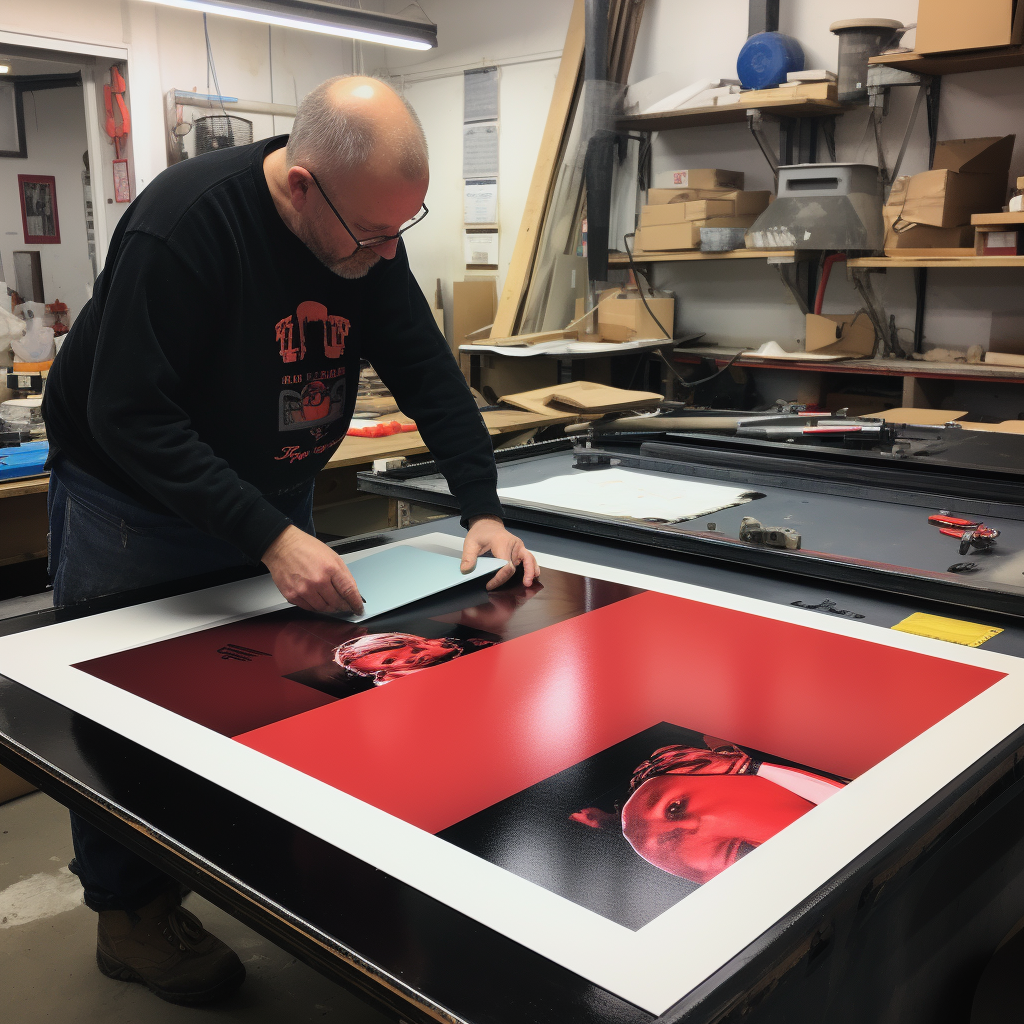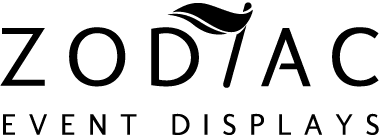
In today’s digital age, branded content ads on Facebook have become an essential tool for businesses looking to enhance their online presence. These ads allow brands to partner with creators and publishers to produce engaging, authentic content that resonates with their target audience. Unlike traditional advertisements, branded content ads are designed to blend seamlessly into users’ feeds, making them less intrusive and more likely to capture attention.
Facebook’s platform offers a unique opportunity for brands to leverage the credibility and reach of influencers, resulting in increased visibility and engagement. By collaborating with content creators who already have a loyal following, brands can tap into new audiences and build trust more effectively. Moreover, branded content ads provide valuable insights and metrics, allowing businesses to track the performance and ROI of their campaigns.
Whether you’re a small business or a large corporation, understanding how to create and optimize branded content ads on Facebook is crucial for staying competitive in the digital marketplace. Our comprehensive guide will walk you through the process, from initial planning to execution, ensuring that your branded content ads deliver the desired impact.
Send a message to info@zodiacdisplays.com to amplify your event marketing. For more information, visit our website at Zodiac Event Displays.
Understanding Facebook’s Branded Content Policies
Before diving into creating branded content ads, it’s crucial to have a firm grasp on Facebook’s branded content policies. These guidelines ensure that all branded content shared on the platform is transparent and complies with Facebook’s standards for authenticity and user experience. Violating these policies can lead to penalties, including the removal of your content or even account suspension.
Firstly, branded content must be clearly disclosed. This means that any post created in partnership with a brand must include a clear indication that it is a paid partnership. Facebook provides tools like the “Paid Partnership” tag to help creators and brands meet this requirement. This transparency not only complies with Facebook’s guidelines but also builds trust with your audience.
Secondly, it’s essential to ensure that your content adheres to Facebook’s Community Standards and Advertising Policies. This includes avoiding prohibited content such as misinformation, hate speech, and overly sensational material. Additionally, branded content should not include any misleading claims or deceptive practices that could harm users or tarnish Facebook’s ecosystem.
Furthermore, branded content must be posted through Facebook’s branded content tools. These tools provide both the creator and the brand with analytics and insights into the performance of the content. By using these tools, you can ensure that your branded content is effectively tracked and compliant with Facebook’s policies.
Understanding and adhering to these policies is the first step in creating successful branded content ads on Facebook. By doing so, you not only safeguard your brand’s reputation but also maximize the potential for engagement and reach on the platform.
Setting Up Your Facebook Business Manager

To create branded content ads on Facebook, you need to set up your Facebook Business Manager. This powerful tool allows you to manage all your Facebook marketing and advertising activities from a single platform. Here’s a step-by-step guide to help you get started:
1. Create Your Business Manager Account: Visit the Facebook Business Manager website and click on the ‘Create Account’ button. You’ll need to log in with your personal Facebook account to proceed. Once logged in, provide your business name, your name, and your business email to complete the setup.
2. Add Your Facebook Page: With your Business Manager account set up, the next step is to add your Facebook Page. Navigate to the ‘Business Settings’ menu, click on ‘Pages,’ and select ‘Add Page.’ You can either add an existing page that you manage or request access to another page.
3. Add Your Ad Account: To run ads, you need to add an ad account. Go to ‘Business Settings,’ click on ‘Ad Accounts,’ and choose ‘Add Ad Account.’ If you don’t have an ad account yet, you can create a new one by selecting ‘Create Ad Account’ and following the prompts.
4. Assign Roles and Permissions: If you’re working with a team, assign roles and permissions to ensure everyone has the right access. Under ‘Business Settings,’ navigate to ‘People’ and ‘Partners’ to add team members and assign them appropriate roles such as Admin, Editor, or Analyst.
5. Connect Your Instagram Account: If you plan to run ads on Instagram as well, link your Instagram account to your Business Manager. Go to ‘Business Settings,’ click on ‘Instagram Accounts,’ and select ‘Add’ to log in and connect your account.
Setting up your Facebook Business Manager is a foundational step that prepares you to create, manage, and optimize your branded content ads effectively. By centralizing your advertising efforts, you can streamline processes and gain valuable insights to drive better results.
Creating Engaging Branded Content

Creating engaging branded content is essential for capturing the attention of your audience and driving meaningful engagement on Facebook. Here are some key strategies to help you craft compelling branded content that resonates with your target audience:
1. Know Your Audience: Understanding your audience is the first step in creating content that resonates. Use Facebook Insights and other analytics tools to gather data on your audience’s demographics, interests, and behaviors. This information will guide your content creation process and ensure it aligns with what your audience cares about.
2. Tell a Story: People are naturally drawn to stories. Instead of just promoting your product or service, weave a narrative that highlights your brand’s values, mission, or the problem you solve. Storytelling helps create an emotional connection with your audience, making your content more memorable.
3. Use High-Quality Visuals: Visual content is more likely to catch the eye and engage users on social media. Invest in high-quality images, videos, and graphics that reflect your brand’s identity. Tools like Canva or Adobe Spark can help you create professional-looking visuals even if you’re not a designer.
4. Be Authentic: Authenticity is crucial in branded content. Audiences can quickly detect insincerity, so make sure your content genuinely reflects your brand’s voice and values. Showcase real stories, behind-the-scenes looks, or user-generated content to build trust and authenticity.
5. Encourage Interaction: Engagement is a two-way street. Encourage your audience to interact with your content by asking questions, prompting comments, or creating interactive polls and quizzes. The more you engage with your audience, the more likely they are to engage with your brand in return.
6. Optimize for Mobile: A significant portion of Facebook users access the platform via mobile devices. Ensure your content is mobile-friendly by using vertical or square formats for videos and images, and keeping text concise and easy to read on smaller screens.
By focusing on these strategies, you can create branded content that not only captures attention but also fosters deeper connections with your audience. Remember, the goal is to create content that is not only visually appealing but also meaningful and relevant to your viewers.
Optimizing Branded Content Ad Performance

Once you’ve created engaging branded content, the next step is to optimize its performance to ensure it reaches the maximum number of potential customers and achieves your marketing goals. Here are some effective strategies to optimize your branded content ad performance on Facebook:
1. A/B Testing: A/B testing, or split testing, allows you to compare different versions of your ad to see which performs better. Test variations in headlines, images, ad copy, and calls-to-action to identify the most effective elements. Use Facebook’s built-in A/B testing tools to streamline this process.
2. Audience Targeting: Utilize Facebook’s robust targeting options to reach the right audience. You can target users based on demographics, interests, behaviors, and even past interactions with your brand. Consider creating custom audiences from your email list or website visitors and lookalike audiences to expand your reach.
3. Monitor and Adjust: Keep a close eye on your ad performance metrics, such as click-through rates (CTR), conversion rates, and engagement levels. Use Facebook Ads Manager to monitor these metrics in real time. If an ad is underperforming, make data-driven adjustments to improve its performance.
4. Optimize Ad Placement: Facebook offers various ad placements, including the News Feed, Stories, Marketplace, and more. Test different placements to see where your ads perform best. You can also use automatic placements to let Facebook optimize placement for you based on your campaign goals.
5. Focus on Quality Score: Facebook assigns a quality score to your ads based on their relevance and engagement. High-quality scores can lead to lower costs and better ad placements. Ensure your content is relevant to your target audience and encourages positive interactions to maintain a high-quality score.
6. Leverage Retargeting: Retargeting allows you to reach users who have previously interacted with your brand but haven’t converted yet. Use Facebook Pixel to track user behavior on your website and create retargeting campaigns to re-engage these potential customers with tailored content.
7. Budget Management: Allocate your ad budget wisely by focusing on high-performing ads and audiences. Use Facebook’s budget optimization tools, such as Campaign Budget Optimization (CBO), to distribute your budget across ad sets for maximum efficiency.
By implementing these optimization strategies, you can enhance the performance of your branded content ads, ensuring they deliver the desired results and provide a strong return on investment. Remember, continuous monitoring and adjustment are key to maintaining and improving ad performance over time.
Measuring Success and Analytics

Understanding the performance of your branded content ads on Facebook is crucial for refining your strategy and achieving your marketing objectives. Here’s how you can measure success and utilize analytics effectively:
1. Define Key Performance Indicators (KPIs): Start by identifying the KPIs that align with your campaign goals. These could include metrics such as click-through rates (CTR), conversion rates, engagement rates, and return on ad spend (ROAS). Clear KPIs will help you measure the effectiveness of your ads accurately.
2. Utilize Facebook Insights: Facebook Insights is a powerful tool that provides detailed analytics about your ad performance. It offers data on reach, impressions, engagement, and demographic breakdowns. Use this tool to gain a comprehensive understanding of how your ads are performing across different segments of your audience.
3. Track Conversions with Facebook Pixel: Implementing Facebook Pixel on your website allows you to track user actions, such as purchases, sign-ups, or page views, that occur as a result of your ads. This helps in measuring the direct impact of your ads on your business objectives and provides valuable data for retargeting campaigns.
4. Analyze Audience Insights: Dive deep into audience insights to understand who is interacting with your ads. You can uncover demographic information, interests, behaviors, and more. This data can be used to refine your targeting and create more personalized and effective ad campaigns.
5. Monitor Ad Spend and Budget: Keep an eye on your ad spend and ensure it aligns with your performance goals. Facebook’s ad management tools allow you to set spending limits and optimize your budget allocation based on the best-performing ads and audiences.
6. Adjust and Optimize: Use the analytics and insights gathered to make data-driven adjustments to your campaigns. Whether it’s tweaking your ad copy, changing your audience targeting, or reallocating your budget, continuous optimization is key to sustained success.
By leveraging these measurement and analytics strategies, you can gain valuable insights into your ad performance and make informed decisions to enhance your campaigns. Consistent monitoring and adjustment are essential for maximizing the impact of your branded content ads on Facebook.
Ready to take your event marketing to the next level? Send a message to info@zodiacdisplays.com to amplify your event marketing today. Visit our website at Zodiac Event Displays for more information.









